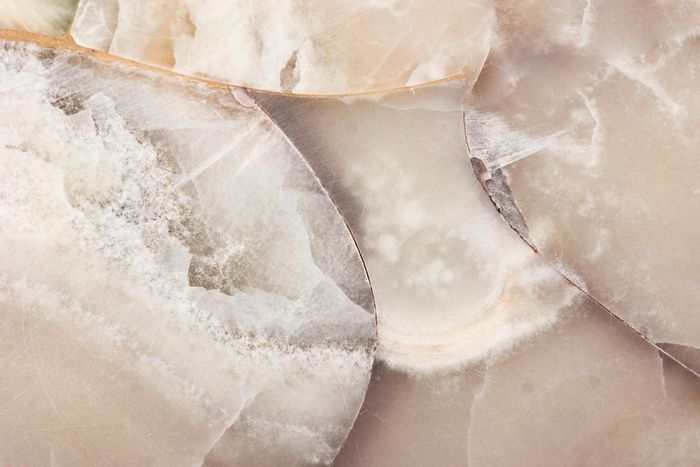Welcome to your next project.
You've visited dozens of parks and formal gardens on vacation. You've walked along flagstone or brick paths through the various displays without noticing them. Perhaps you observed neighbors upgrading their homes with masonry: retaining walls, walkways, garden paths, patios, or pool surrounds. The list is endless.
What is masonry? What can be built with it? What are its benefits? Can you do it yourself, or would a professional mason be the best? Kick back with a coffee, and we'll tell you all about it. Or, call us now at 256-203-0529
and we'll be able to get started on your project right away.
What is Masonry?
Masonry is a popular construction method worldwide. Placing stone, brick, concrete, or other building materials side by side or atop each other and then using mortar to secure them is masonry. You see it in brick or stone houses, stone and wood barns from a couple of hundred years ago, cobblestone streets, flagstones around swimming pools, arched bridges popular in Roman times, arches or pillars at the entry to businesses or family estates, and so forth.
What Can Be Built With Masonry?
Brick and stone aren't the only building materials used in masonry. Stone itself covers a lot of territory; you have marble, granite, and limestone to name just a few. Then there are cast stone, concrete, adobe, and glass block. Keeping that in mind, how many glass commercial buildings do you pass on your way to work?
Stone bridges across rills or creeks on people's property, steps or pathways from the road to a house, retaining walls, springhouses, brick or stone surrounds for a mailbox, the same surrounds for a swimming pool, many people build barbeques with masonry as well as outdoor kitchens, fireplaces and chimneys, driveways, and more are built using this construction method.
Benefits Of Masonry
Looking at brick or stone walls that are everywhere you look, people might not wonder at their benefits. Building with these materials, though, does have benefits. These might not be obvious to everyone:
- Brick, stone, and cement or concrete don't catch fire easily. That's one reason fireplaces are built using such materials. Fire protection a compelling reason for using masonry
- The same building materials offer homeowners resistance to the ravages of weather, the ravages of pests, and some protection against extreme storms like tornadoes, hurricanes, and destructive thunderstorms
- Such building materials give a structure thermal mass. This is a measure of heat storage that allows a structure to avoid fluctuations in temperature; in other words, even if it's a cruelly hot day, the indoors will remain cool
- Masonry structures last longer than timber structures. This can be seen in antebellum homes or plantation homes in the South, adobe structures out West, and in stone barns and fencing in New England
- The use of masonry materials improves resale value
- Timber rots. This attracts pests of all types. Masonry doesn't rot, so destructive pests like termites can't harm it
Some useful and interesting facts about masonry.
Putting up a brick or stone wall requires some forethought. If the ground is well compacted, either naturally or mechanically, then a
masonry wall will stand without cracking or collapsing. Footings, or the base upon which a masonry wall is constructed, must be used beneath the frost layer, or the depth at which the ground freezes in winter. Soil moves as it freezes and thaws, so what is built upon it should be well seated. Picture a concrete foundation, and you'll have a good footing.
In the matter of walkways, driveways, and other outdoor structures, a bed of gravel or crushed stone is required. This provides not only drainage, but it allows the masonry structure to move slightly as the soil expands and contracts.
Masonry has been used for more than 6,000 years.
Masonry building materials are sustainable and can be recycled. They do not emit dangerous gases. It is mold resistant.
Masonry Requires More Knowledge Than You Might Think
Masons spend years in education and apprenticeship learning their trade. Like doctors and lawyers, they must keep up on new techniques, materials, and technology every year. For example, salt crystals can build up on brick walls. It happens when water enters the brickwork. Brick can be sealed like concrete, but rain happens. This can cause cracking in the brick.
Another example of knowledge a homeowner wouldn't have is that older brick can't be mortared using modern mortar. Today's mortar could damage brick laid before the 1930s.
If a homeowner is in the building trade, he'll know how to read blueprints and know how to do the math. However, homeowners in the building trade won't know all the facts about masonry. Leave it to the pros.
Our Service Areas
We love to serve in and around the following areas near Huntsville, Alabama:
- Athens
- Decatur
- Hazel Green
- Madison
- Owens Cross Roads
- Toney
Even if you don't see your city listed, feel free to give us a call at 256-203-0529 and we'll do our best!


